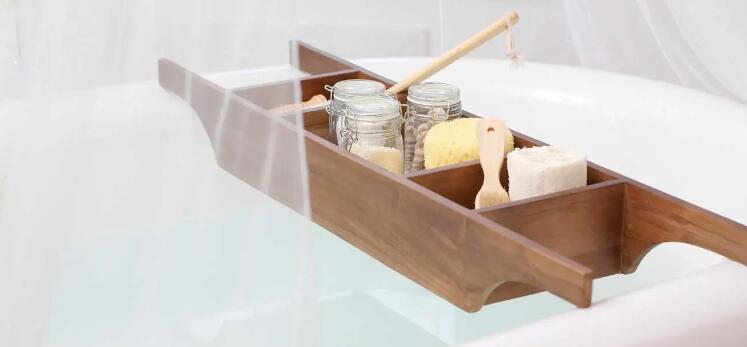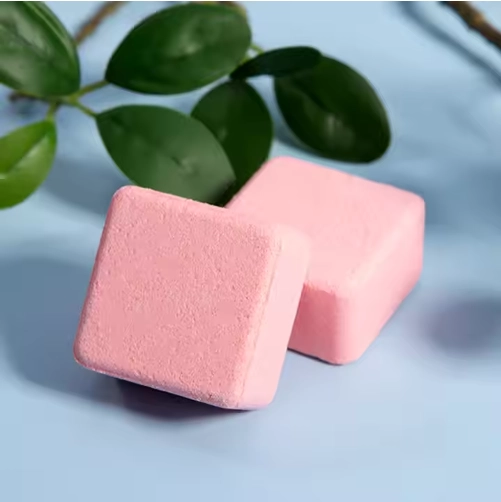What Is Epsom Salt?
Epsom salt is magnesium sulfate, a pure, naturally occurring compound with dozens of uses—including some that may surprise you. You’ve likely heard of Epsom salt baths, which people have used for centuries as a natural pain remedy. Still, the compound has gained new attention in recent years, both within the medical and wellness communities and among a new generation of users, for its numerous other benefits.
How Does It Work?
When Epsom salt is dissolved in water, it releases magnesium and sulfate ions.
The idea is that these particles can be absorbed through your skin, providing you with magnesium and sulfates — which serve important bodily functions.
Despite claims on the contrary, there is no good evidence that magnesium or sulfates are absorbed into your body through the skin.
Yet the most common use for Epsom salt is in baths, where it is dissolved in bathwater.
However, it can also be applied to your skin as a cosmetic or taken by mouth as a magnesium supplement or a laxative.
The Benefits Of Epsom Salt:
- Alleviating stress and relaxing the body
- Relieving pain and muscle spasms
- Assisting in normal muscle and nerve function
- Aiding in the prevention of arterial hardening and blood clots
- Enhancing insulin effectiveness
- Easing constipation
- Detoxifying the body by eliminating toxins
How To Make An Epsom Salt Bath
Epsom salts dissolve in water. Enthusiasts believe this allows magnesium and sulfates to absorb readily into the skin. Whether this is sufficient for various treatments, Epsom salt is considered safe. It’s also easy to use, easy to find, and inexpensive.

How To Do It
- 300 grams (1.5 cups) of Epsom salt to 1 gallon of water
- 1 cup of Epsom salt to 1 gallon of water
- 2 cups of Epsom salt added to your bathtub of water
- Create a detox bath.
- Create a detox footbath.
- Mix a foot soak for general use.
- Use Epsom salt water in a compress for direct application to sore muscles.
There really is no downside to taking a warm bath, although it’s important to check with your doctor first if you have low blood pressure. Hot water can temporarily lower blood pressure.
We recommend adults use 2 cups of Epsom salt per gallon of warm water. More than that, it can make the water feel slippery and dry to the skin.
Lower Concentrations You Can Try Are:
Soak for at least 15 minutes. Avoid using too hot water when soaking in an Epsom salt bath for aches and pains. This might worsen swelling instead of reducing it.
Safety And Side Effects
While Epsom salt is generally safe, it can have a few negative effects when taken by mouth.
First, magnesium sulfate can have a laxative effect. Consuming it may result in diarrhea, bloating, or an upset stomach.
If you use it as a laxative, drink plenty of water, which may reduce digestive discomfort. Furthermore, never take more than the recommended dosage without consulting a doctor.
In extreme cases, magnesium overdose can lead to heart problems, altered mental status, and death. This is unlikely as long as you take it in appropriate amounts as recommended by a doctor or listed on the package.
Contact a doctor if you experience signs of an allergic reaction or other serious side effects.





